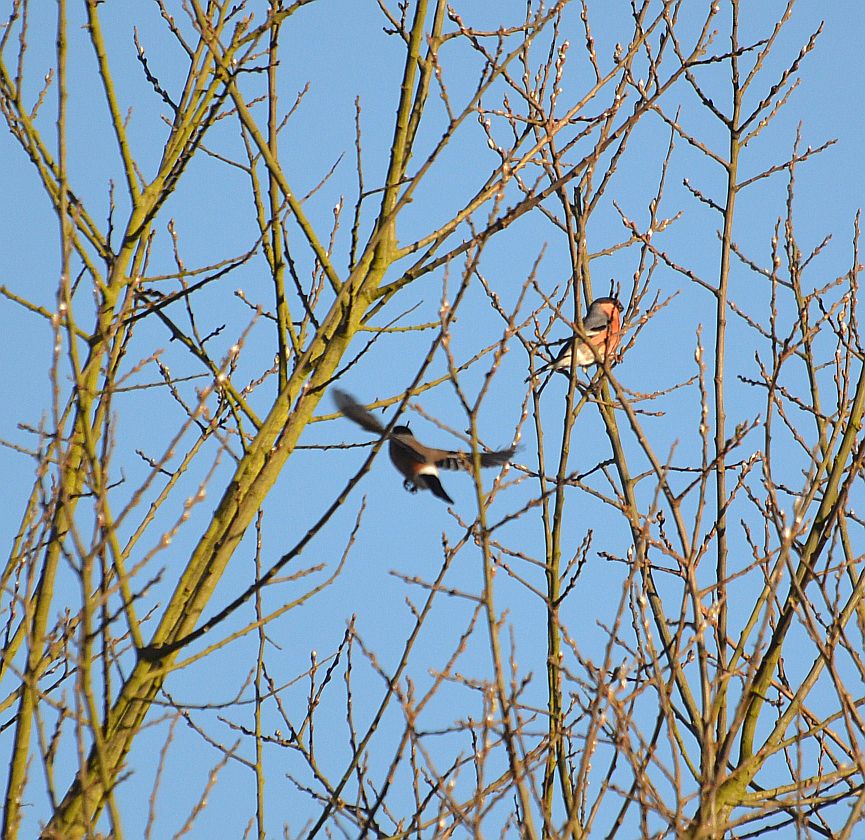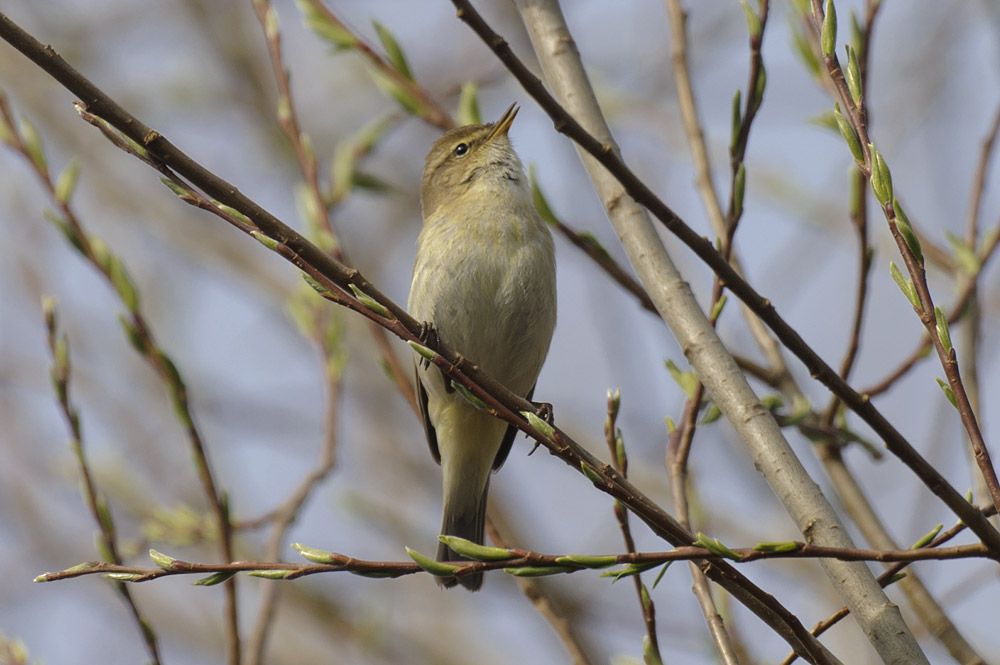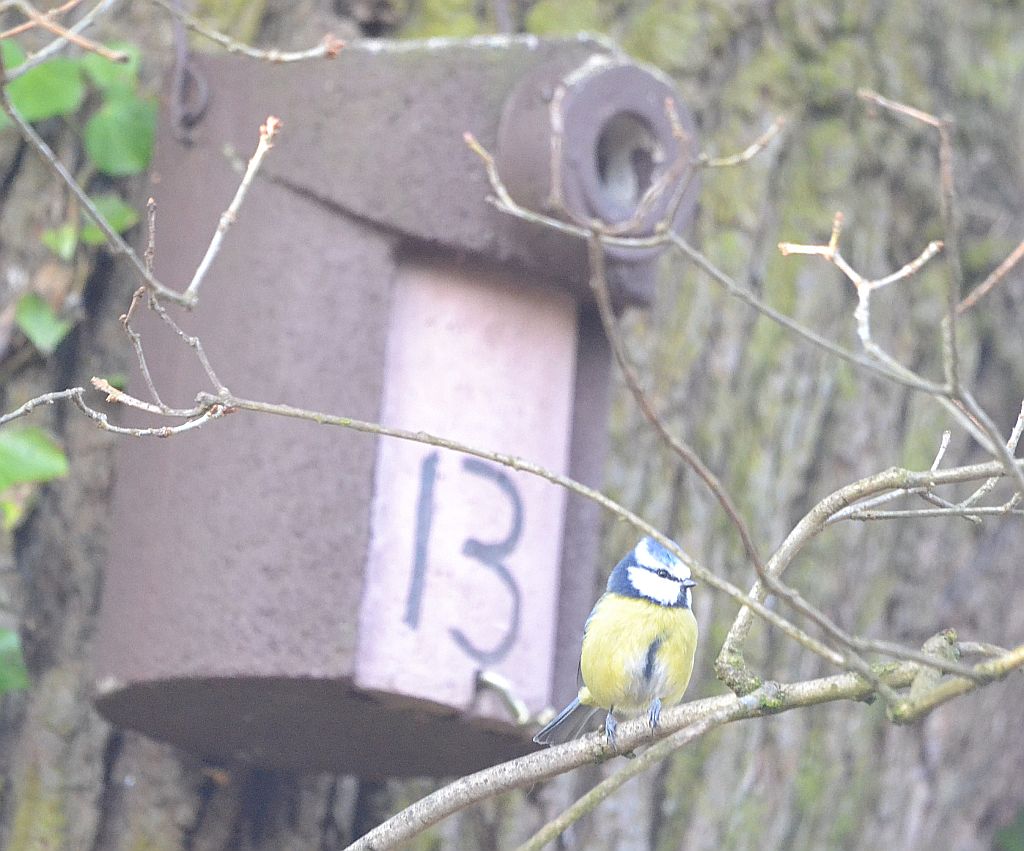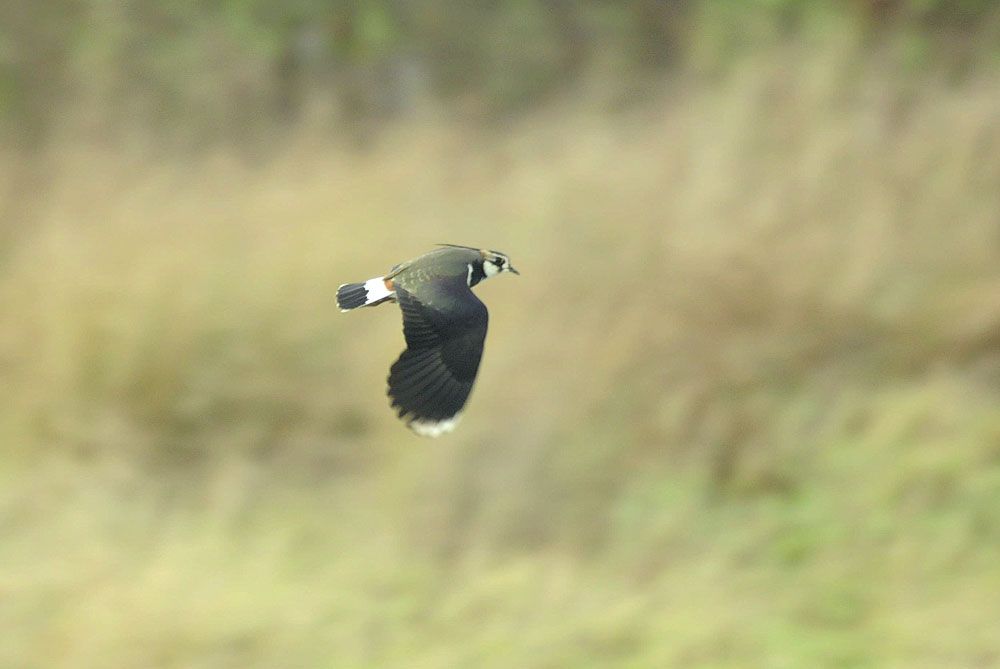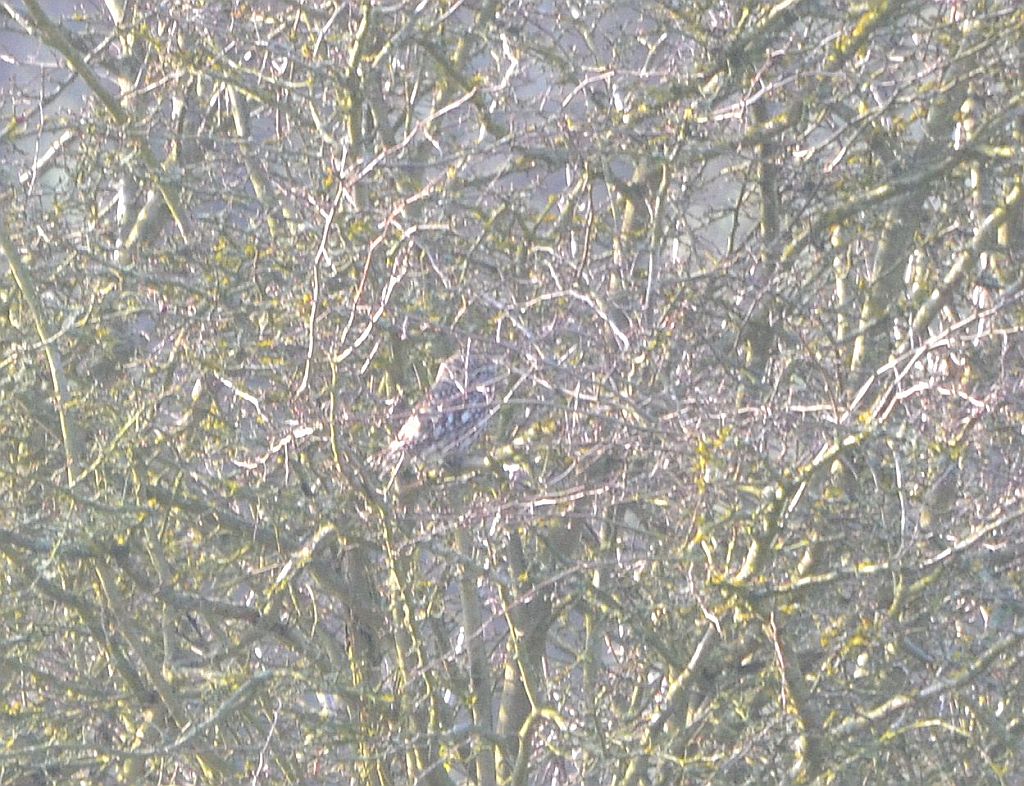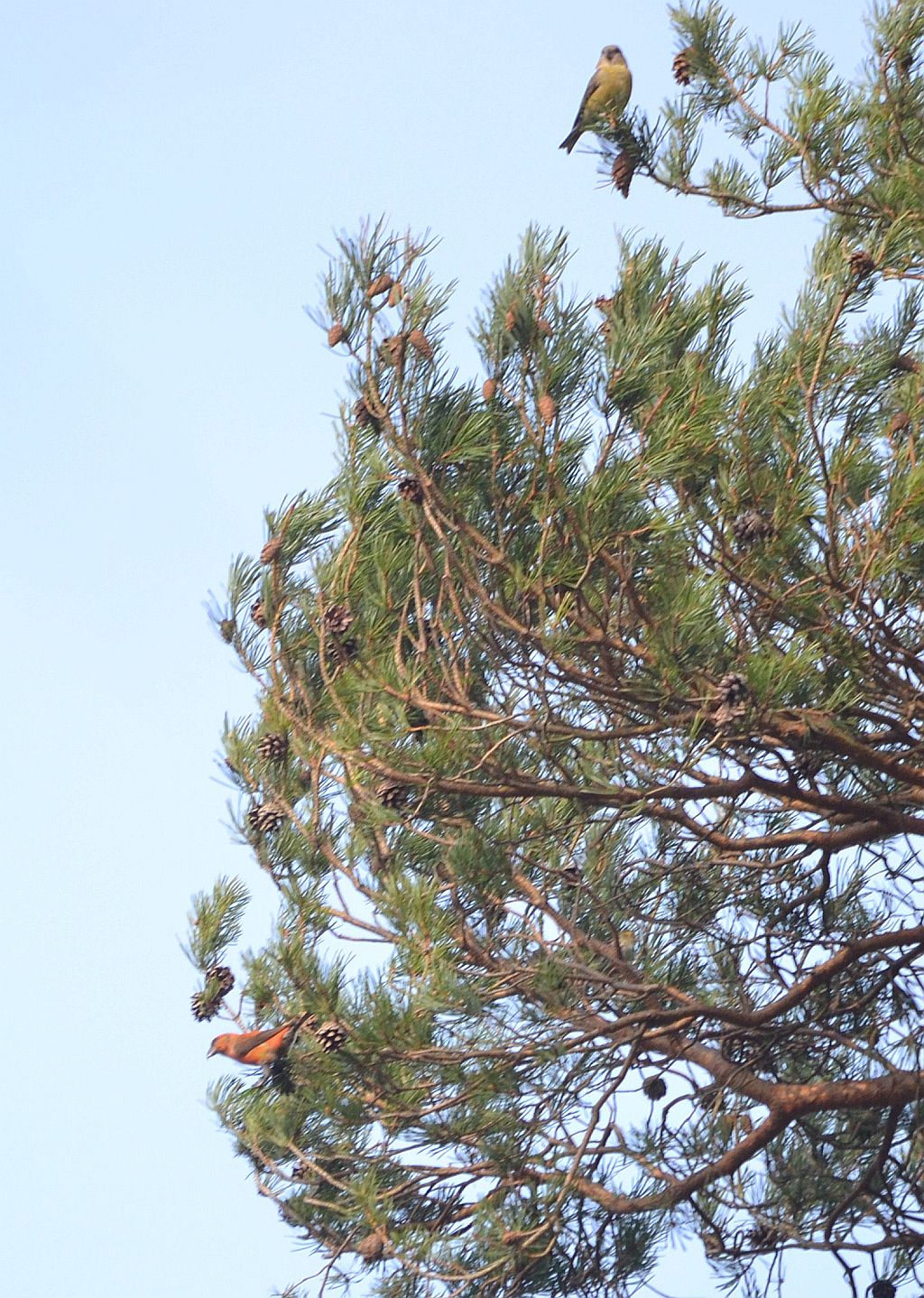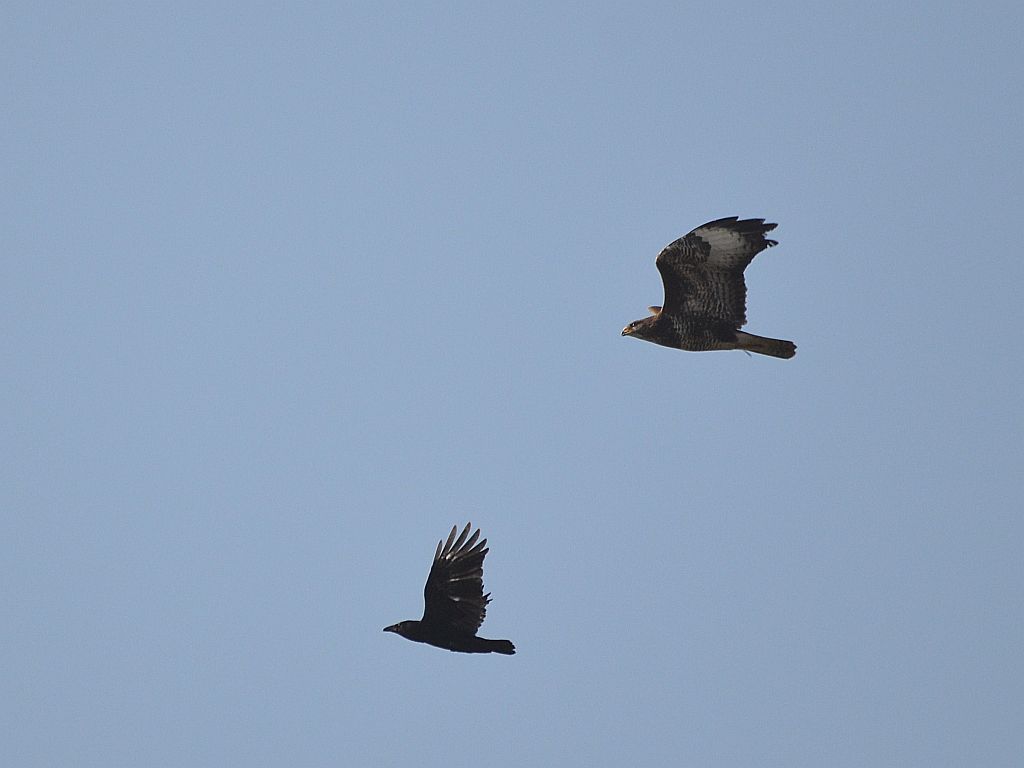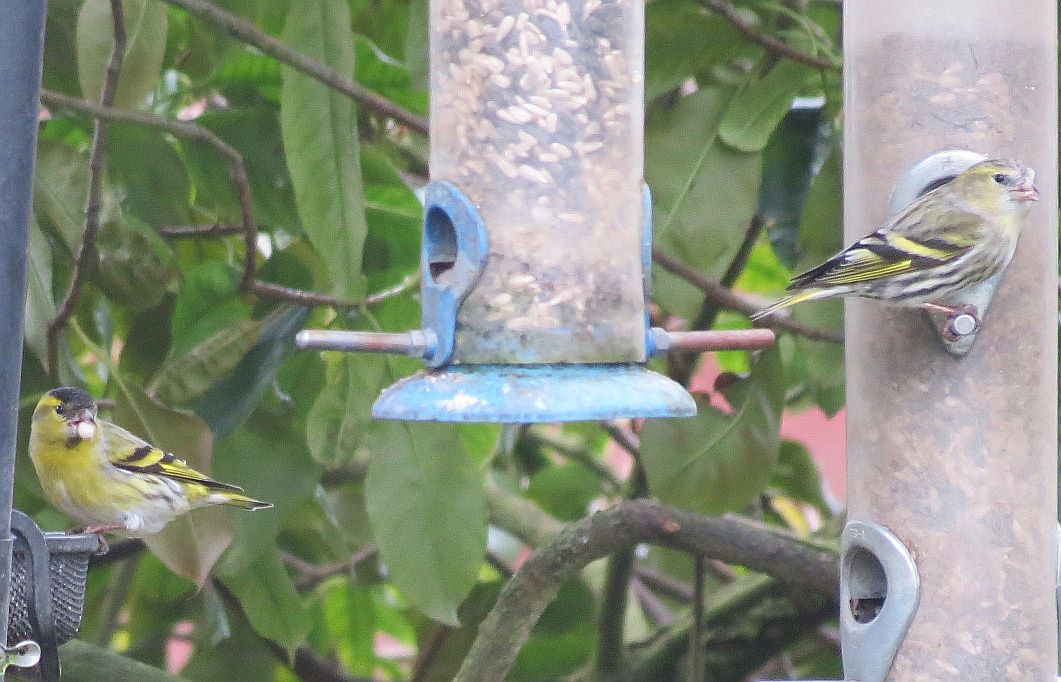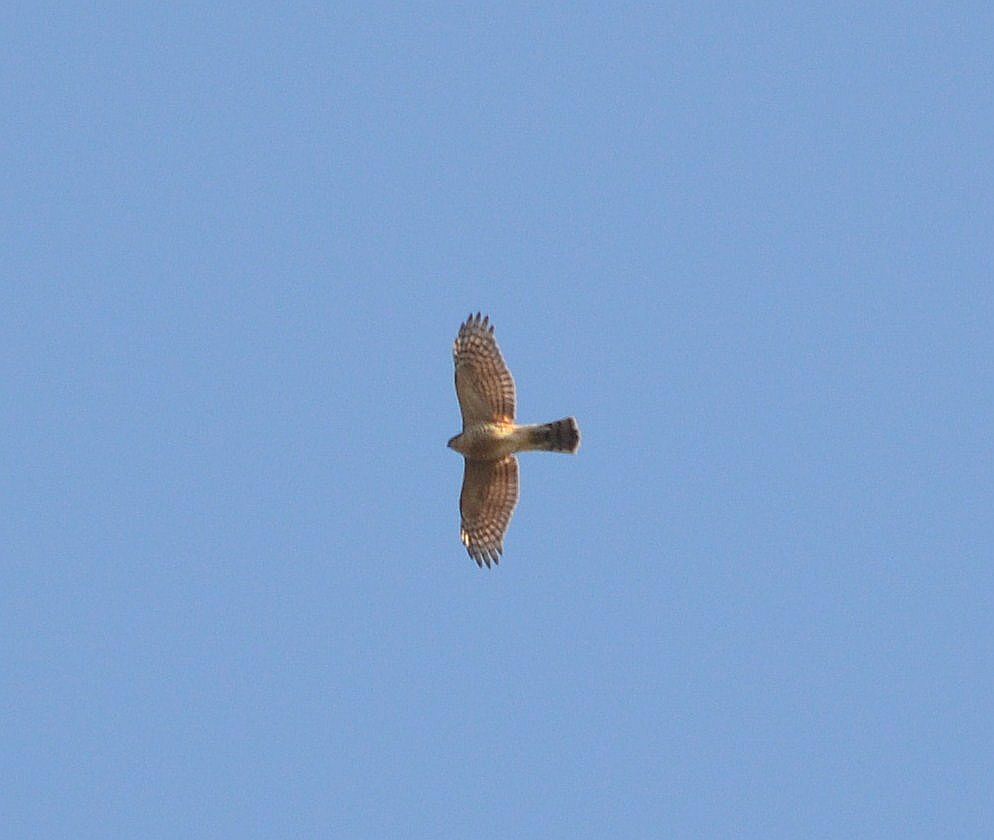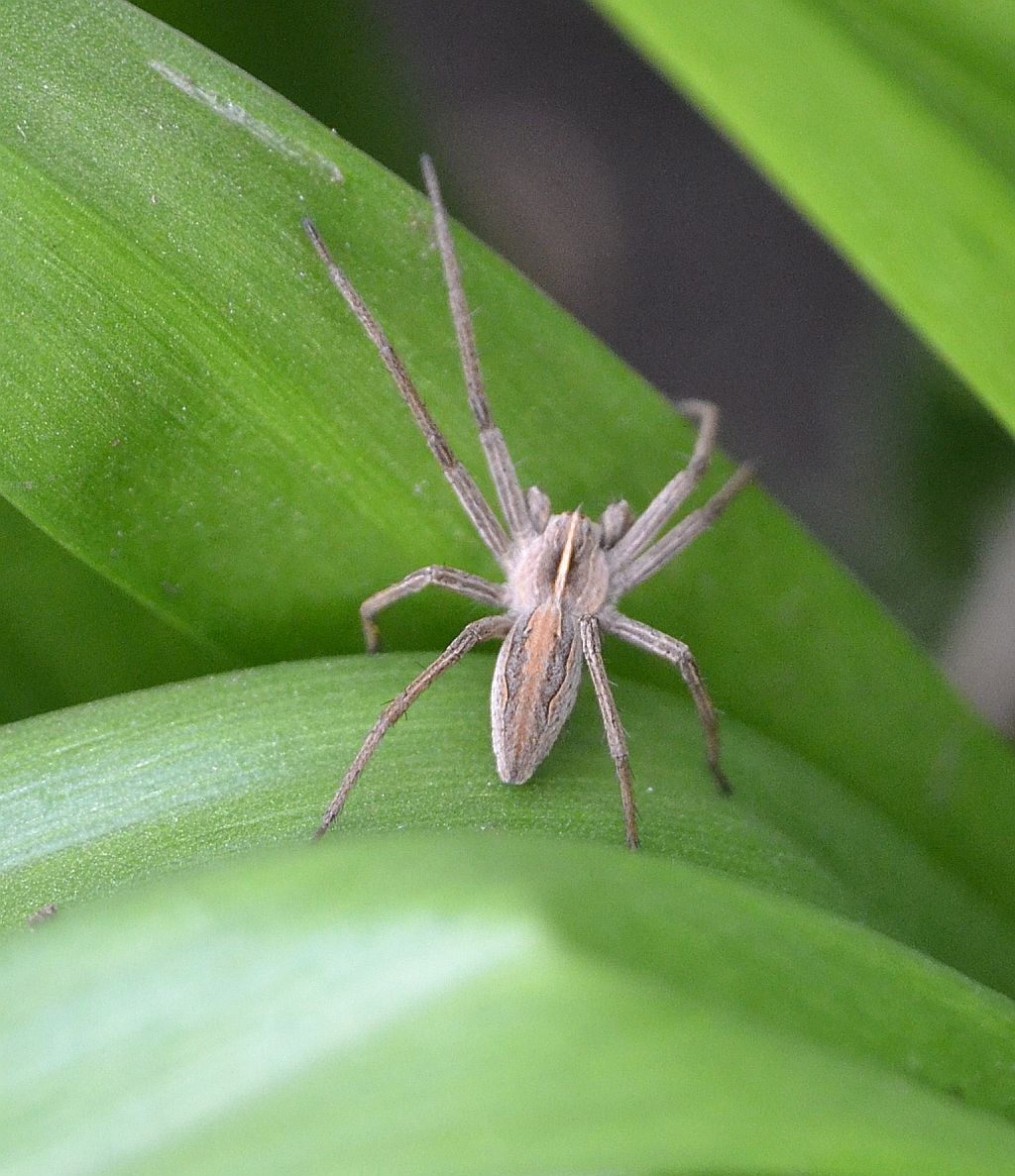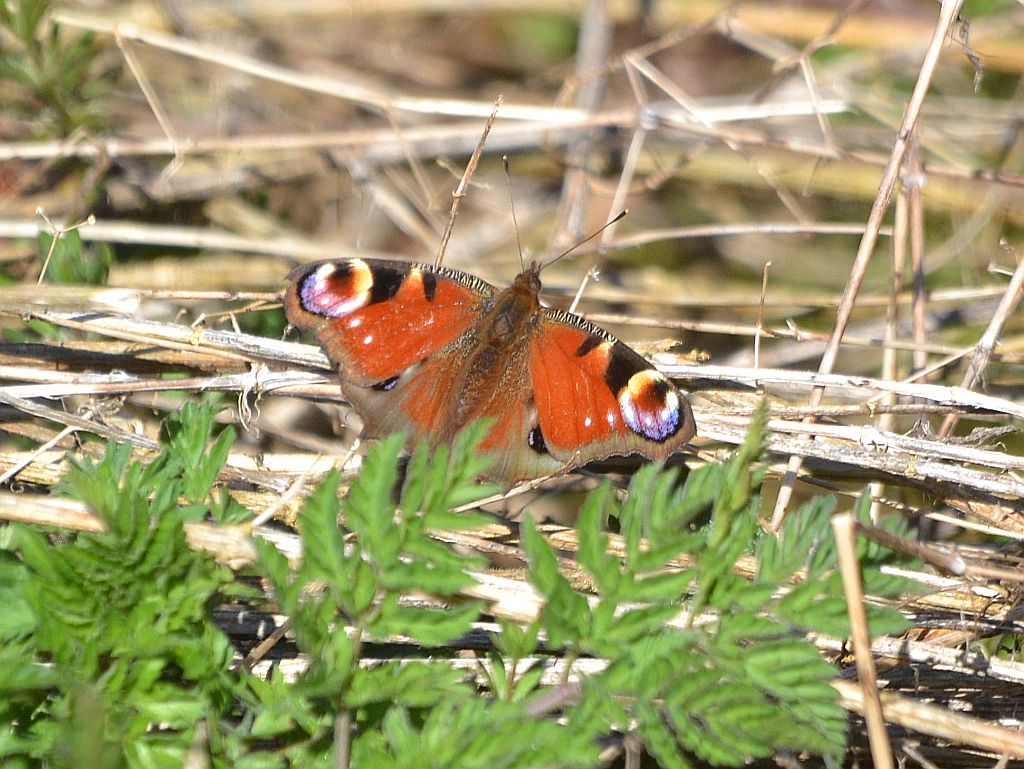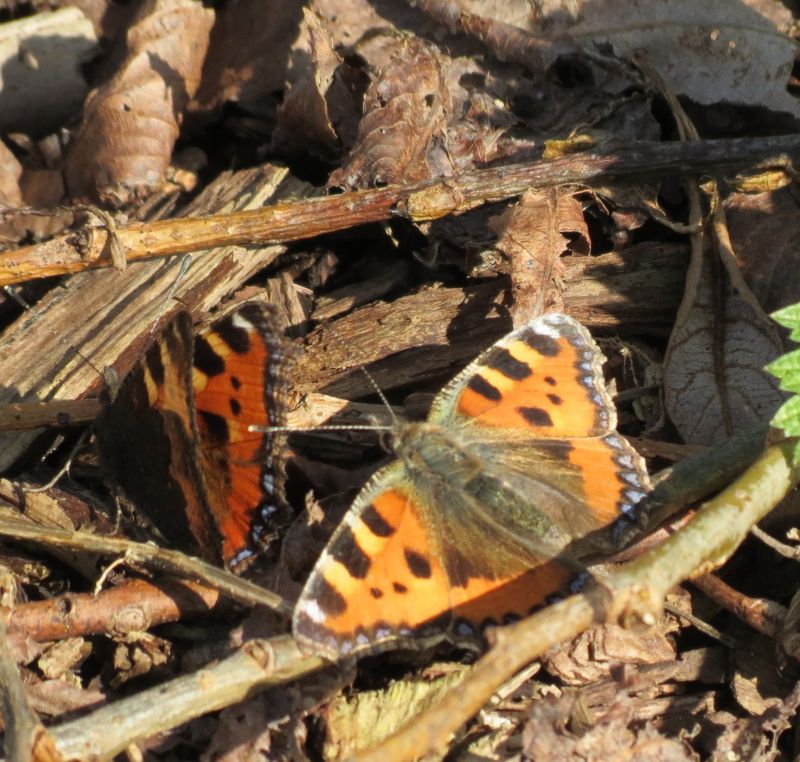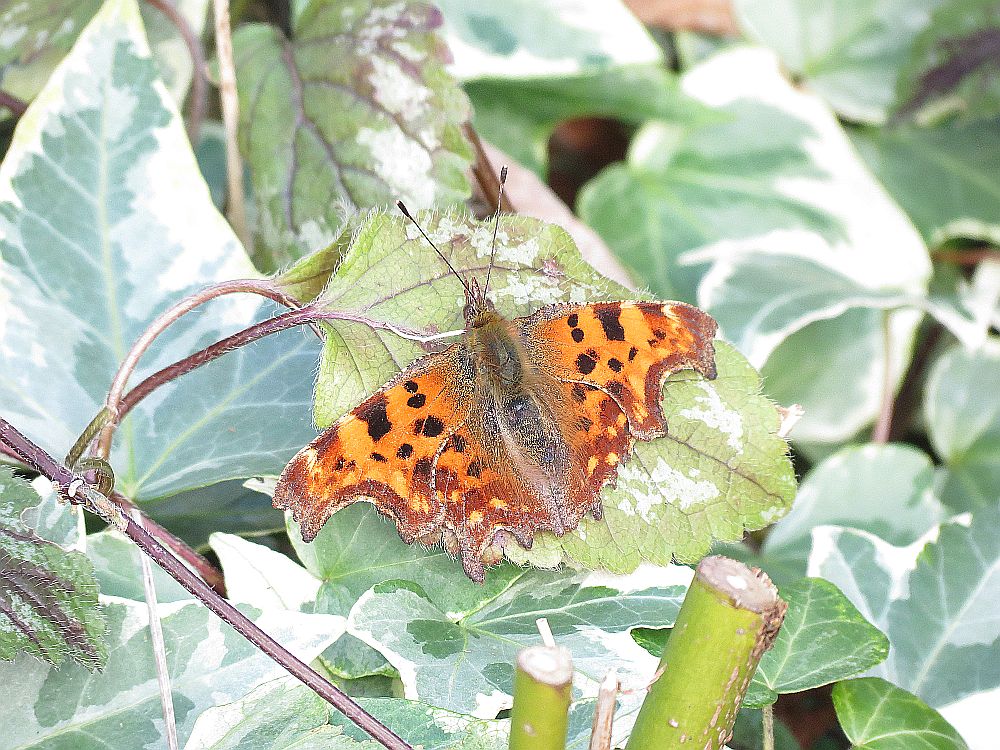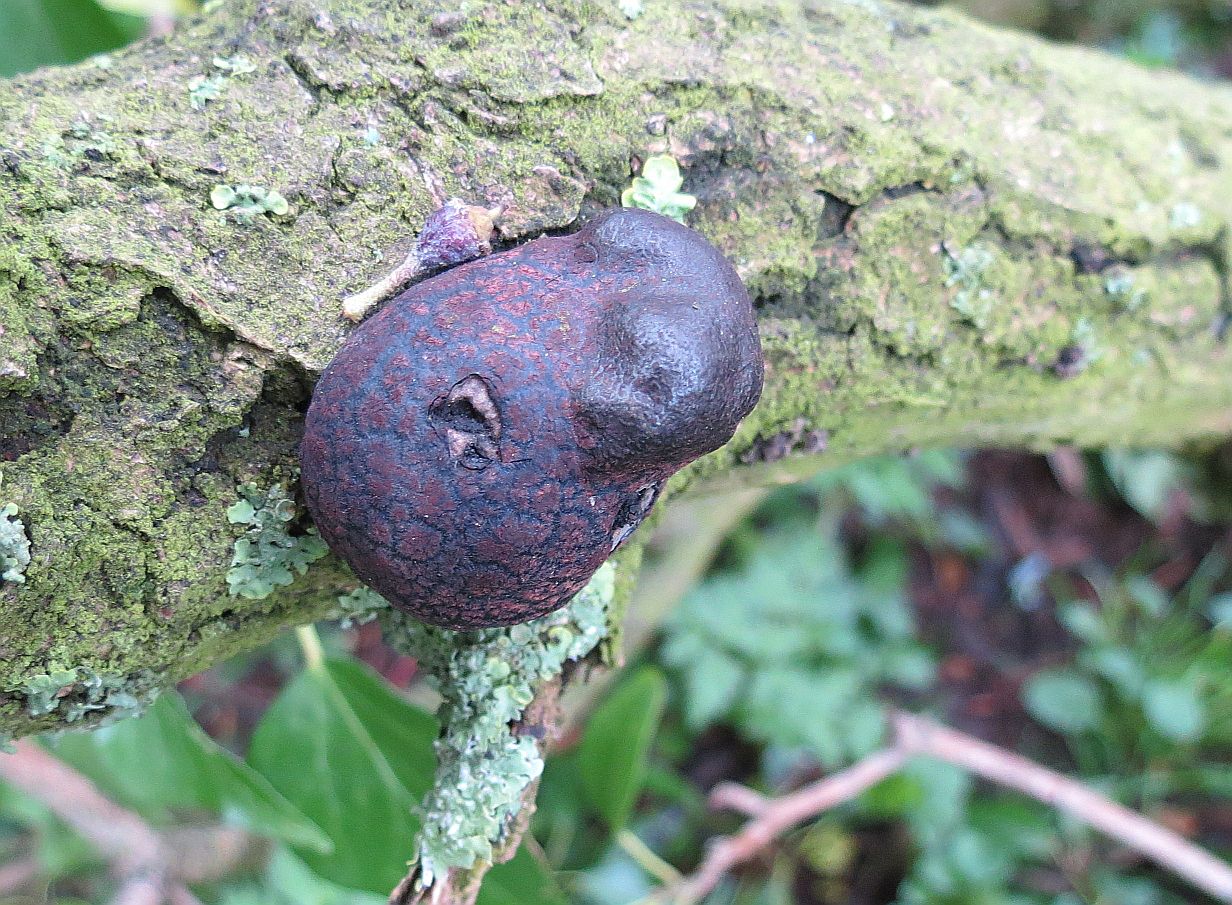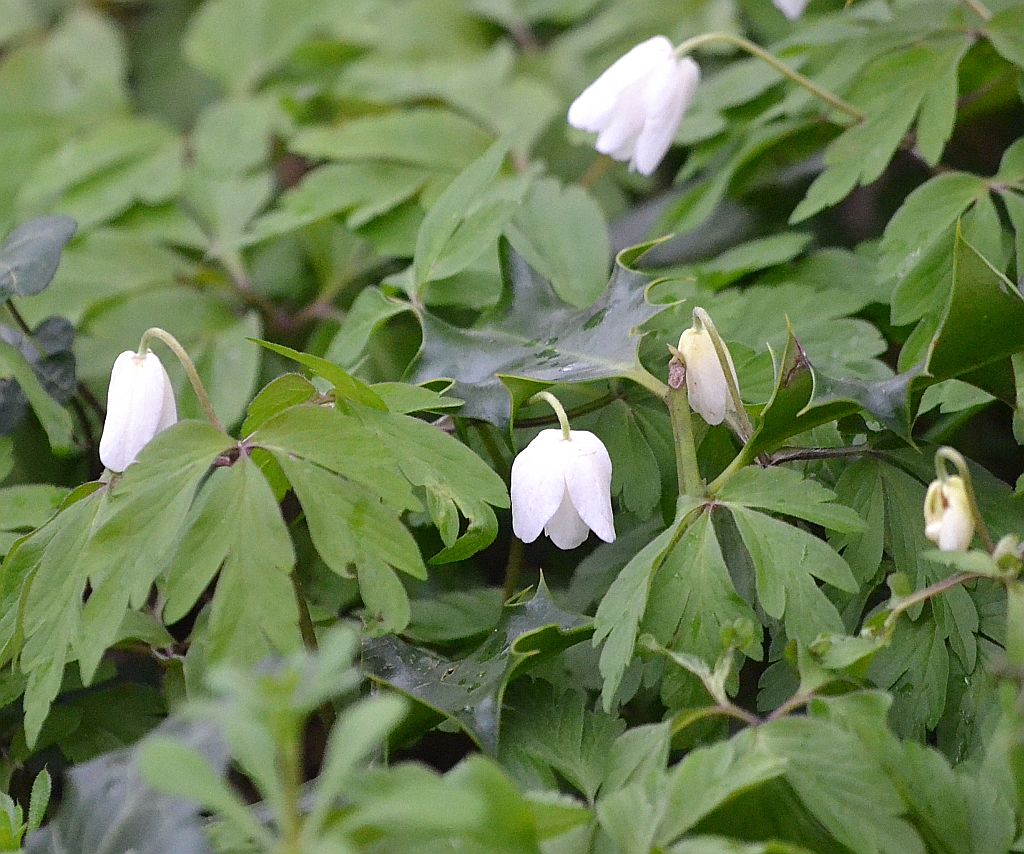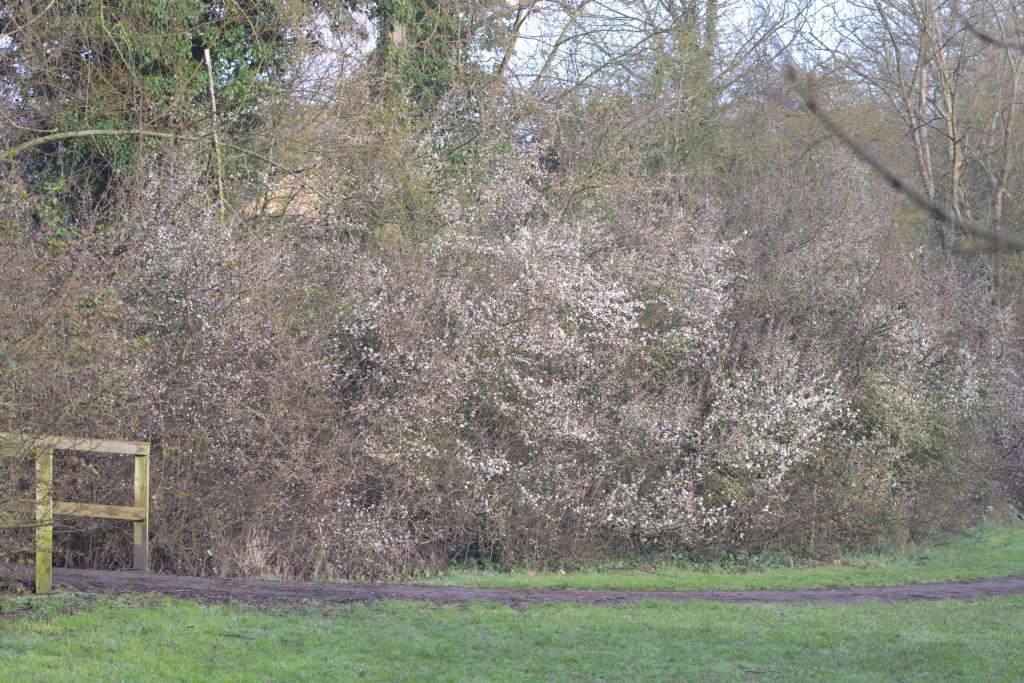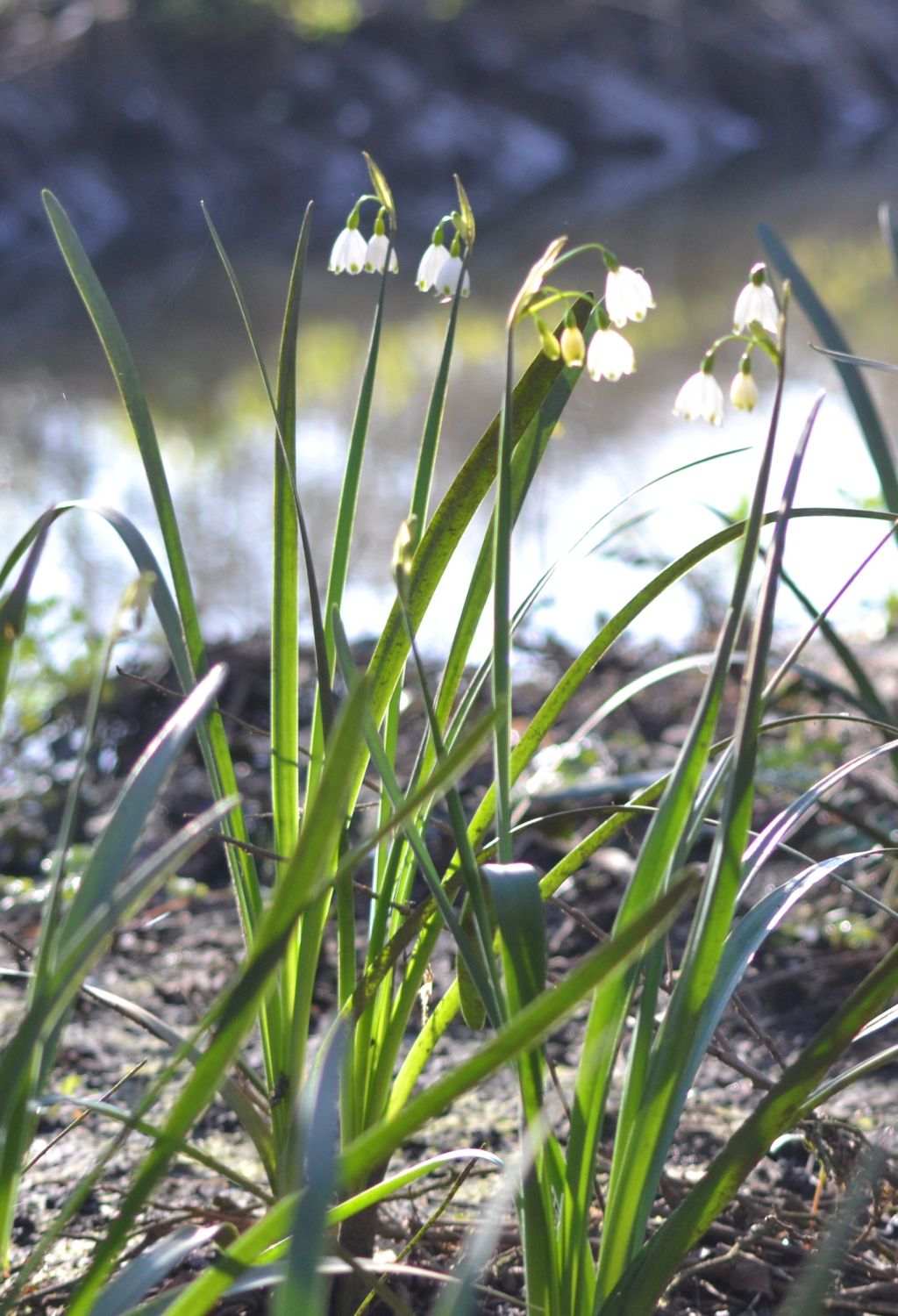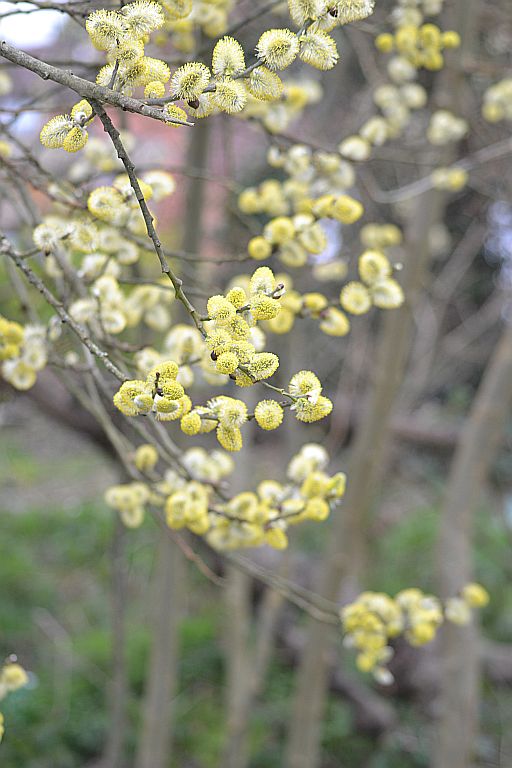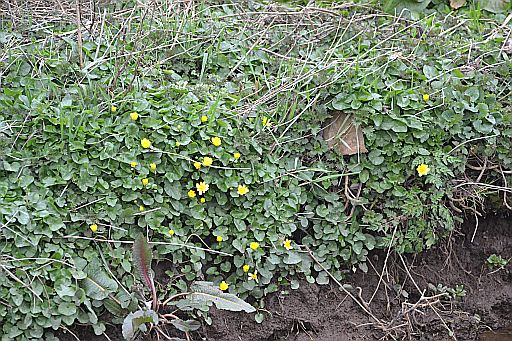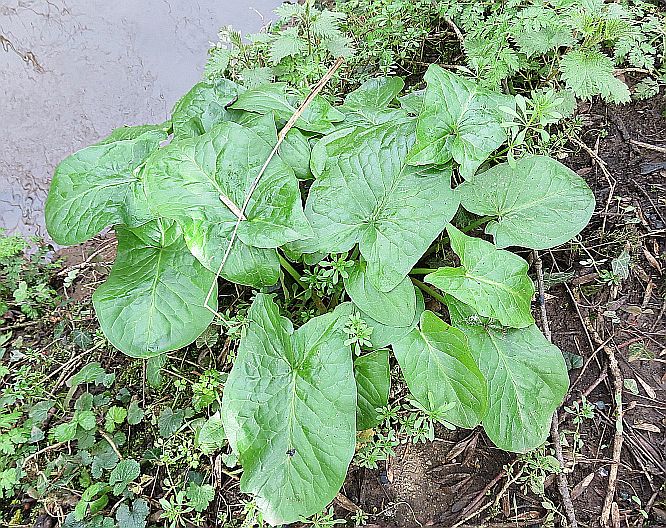
Latest Sightings March 2014
Click on the link to send in your sightings info@foteb.org.uk
For previous months sightings see Archive
The "Area Seen" refers to the 10 sections that the Brook has been split into for monitoring purposes (see Wildlife page under Monitoring ).
All sightings unless stated are from personal observations by Eddie Napper
Click on any picture to see a larger image
|
Birds 28/03/14 A Kingfisher was seen flying downstream along the Emm in Area 8, by Toutley Bridge on Old Forest Road. In Areas 4, 5, 6,7 & 8 singing male Blackcap and Chiffchaff were seen and heard . 25/03/14 Paul Bright Thomas heard 2 singing male Blackcap along the Emm in Area 4 at 08:00. 24/03/14 A hooting Tawny Owl was by the Emm before moving North. Heard by Paul Bright Thomas at 01:00. In Area 10, Fraser Cottington did an hour in the car park field and had another pair of Raven over low from the East, then flew off SW. 23/03/14
20/03/14 The first returning Sand Martin were seen over Area 10 today by Fraser Cottington. 16/03/14
15/03/14 Spring see's the arrival of summer visiting migrants from southern Europe and Africa. This morning, possibly fresh in ,2 Chiffchaff were singing, 1 was in Area 5 behind Morrisons and the other in Area 4 by the Smiths Walk balancing pond. There are still birds that have wintered along the Emm visible with at least 6 Redwing feeding in the open spaces. A Kingfisher was seen flying downstream by Dragonfly Bridge at 07:20. There is evidence of the breeding season ahead with Starling , Magpie and Blackbird all seen collecting nesting materials. 3 Canada Geese flew W and aGrey Wagtail was seen near the Area 4 Balancing pond. 14/03/14 With the warm weather came some good raptor sightings over Area 4 by Paul Bright Thomas. 5 Buzzard over S then circling back N. A Peregrine was circling in from E then flew fast NW . 12/03/14 In the Area 10 car park field were, 40 Redwing and at least 1Fieldfare and a Mistle Thrush seen by Alan Rymer. Meanwhile in Area 4 , Paul Bright Thomas saw 2 Lesser Redpoll a Redwing and a Mistle Thrush . 11/03/14 On the walk to work this morning , I spotted a Long tailed Tit flying into the brook side bushes with a feather in its beak. This was quickly joined by another. The male and female work together to build their nest, taking nearly three weeks if it's early in the season, or doing a rush job of less than a week, if it's getting late. The nest is one of the most intricate that you will see along the Emm. Shaped rather like a bottle, usually with a roof and an entrance hole near the top. They construct it in a bush or in the fork of a tree, from moss, camouflaged with lichen with interwoven cobwebs and sometimes bits of paper stuck on the outside. To make the inside cosy for the eggs and chicks, a feather lining is added. They need a lot of feathers - as many as 1,500. Grey Wagtail to the rear of Morrisons In Area 4 a Blue Tit was in and out of Nestbox 13 by Kingfisher Bridge. 10/03/14
09/03/14
08/03/14
06/03/14 A brief car park field walk (Sandford Lane) in Area 10 by Fraser Cottington at 09:30 produced a flock of around 40 Redwing, 4 Fieldfare and a singing Nuthatch. In Area 4, 2 Redwing were seen and a Lesser Redpoll was heard singing by the Emm Brook by Paul Bright Thomas. 05/03/14 A calling Ring necked Parakeet flew to the rear of Morrisons in Area 5 this morning. Also 4 Lesser Redpoll were in the trees by the Area 4 Balancing Pond 04/03/14 In Area 10 a pair of Mandarin were seen flying towards the Emm Brook by Richard Marsh with 27 Redwing and a Mistle Thrush seen on the car park field . A Green Woodpecker was also seen on the car park field and a Kingfisher flew up stream from bridge over the Emm near the car park both seen by Linda Garner-Langham. 02/03/14 More of the same this morning in Area's 4 & 5 , so I went for a stroll in Area 10 and Dinton Pastures. Adjacent to the Emm at the Junior Rangers area to the rear of the Loddon Room's a Green Woodpecker flew from the ground to alight in a nearby tree. Fraser Cottington was at the other end of Area 10 at the Lavells Lake ,Sandford Lane car park field and heard the calls of an Oystercatcher flying over the car park and the Emm towards Lea Farm Gravel Pits. 01/03/14
|
Insects & Spiders 30/03/14
29/03/14 A warm afternoon brought out Comma Polygonia c-album , Brimstone Gonepteryx rhamni , Peacock Inachis io and Small Tortoiseshell , Aglais urticae Butterflies in Area 5. 20/03/14 Despite the drop in temperature this afternoon a Comma Polygonia c-album was seen in Area 10. 16/03/14
11/03/14 The micro moth Agonopterix heracliana was attracted to the light at my front door in Area 5 this evening. 09/03/14
08/03/14
07/03/14
01/03/14 A sunny afternoon and it was no suprise to see the Bumblebee Bombus terrestris out and about . Other Wildlife Amphibians
09/03/14
Mammals
24/03/14
01/03/14 The first Brown Rat Rattus norvegicus seen for a long time, was seen on the Emm by the Woosehill Roundabout. Possibly displaced by the recent bad weather. Fish |
Fungi
05/03/14
Plants/Trees 28/03/14
26/03/14
24/03/14
10/03/14
05/03/14
01/03/14
Why do leaves change colour in the Autumn? Find out here Autumn Leaves Molluscs
For a review of 2012 sightings click here 2012 Sightings For a review of 2013 sightings click here 2013 Sightings |

